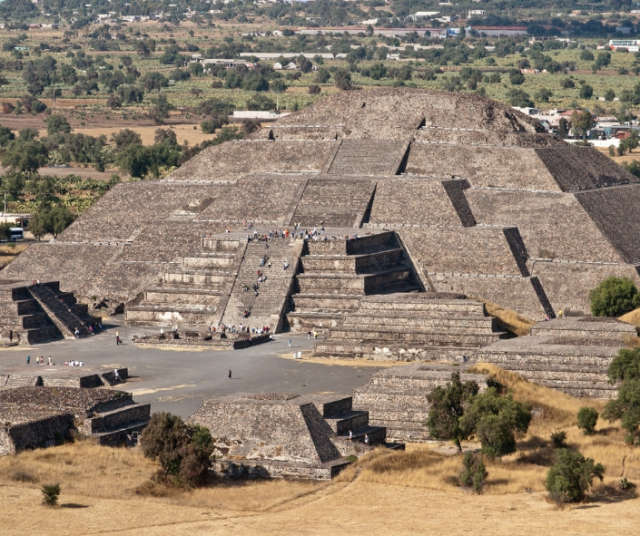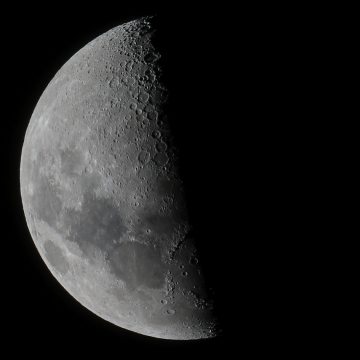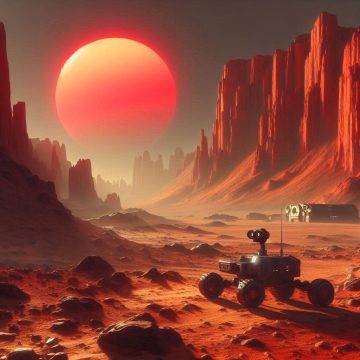The ancient city of Teotihuacán, located about 50 kilometers northeast of Mexico City, shines as a towering testament to the architectural skill and astronomical knowledge of pre-Columbian civilizations. At the heart of this archaeological citadel stands majestically the Pyramid of the Moon, an enigmatic structure that has baffled archaeologists and visitors alike. Join us as we venture into the fascinating world of the Pyramid of the Moon, exploring its mysteries, its cultural significance and its impact on the understanding of the ancient Teotihuacan civilization.
Historical Background of Teotihuacán.
The Splendor of Teotihuacán:
Teotihuacán, which means "Place where the gods were created" in Nahuatl, was one of the largest and most advanced cities in Mesoamerica between the 1st centuries BC and 7th AD This civilization flourished at a time when the Aztecs were not yet known. , but his influence left a lasting mark on the North American region.
Monumental Structures:
The city has various monumental structures, the Pyramids of the Sun and the Moon being two of the most prominent. These pyramids not only served as ceremonial centers, but also reflected the deep connection of the Teotihuacan civilization with cosmogony and astronomy based on its belief in gods.
The Pyramid of the Moon: Design and Architecture.
Stepped Design:
The Pyramid of the Moon, approximately 43 meters high, has a stepped structure typical of Mesoamerican pyramids. Its upper levels were added progressively, creating a silhouette that rises towards the sky as a tribute to the celestial deities.
Plaza de la Luna, Ceremonial space:
At the foot of the pyramid lies the Plaza de la Luna, a ceremonial space where rituals, religious ceremonies and important events were carried out. The arrangement of the pyramid and plaza reveals the meticulous urban planning of Teotihuacán.
Symbolism and Cultural Meaning.
Connection with Cosmogony:
The Pyramid of the Moon, like other structures at Teotihuacán, is considered a reflection of the worldview of the civilization that built it. Its location and orientation are related to key astronomical events, such as the phases of the moon and the position of certain stars.
Gods and Deities:
The pyramid was linked to the deities worshiped by the Teotihuacans. It is believed that the figures that decorate its structures represent deities such as the goddess of the moon and the god of agriculture, highlighting the importance of fertility, natural cycles and the relationship between the gods and human action.
Archaeological Discoveries.
Underground Tunnels:
Excavations at the Pyramid of the Moon revealed the presence of underground tunnels leading to hidden chambers. These archaeological discoveries have triggered new questions about the purpose and function of these spaces in Teotihuacan ceremonial life.
Offerings and Burials:
Within these tunnels, ritual offerings and burials have been found, suggesting that the pyramid played a crucial role in the civilization's mortuary and religious practices. The recovered artifacts provide a unique insight into the daily life and beliefs of the Teotihuacans.
Unsolved Mysteries.
Unknown Builders:
One of the greatest mysteries surrounding Teotihuacán is the identity of its builders. Although the Aztecs knew the city and revered its structures, the original Teotihuacan town remains largely a historical enigma.
Decline and Abandonment:
Teotihuacán experienced a gradual and mysterious decline around the 7th century AD. The exact reasons for its abandonment continue to be debated among archaeologists, and the Pyramid of the Moon has been a silent witness to this historical enigma.
Similarity to Egyptian culture:
It is incredible all the properties that the Egyptian culture has in common with Teotihuacán, not only because of the worship of gods that have to do with the environment, but above all because of the style of civilization, its customs, its architecture and the purposes that They gave it to the pyramid of the Moon or the fact that they decided to build a pyramid. This may be due to the nomadic style that this type of tribes previously had, some adventurers who passed through Egypt, at some stage in history were able to cross to this part of the world and bring their traditions with them, and at the same time evolve them a little; It's just a hypothesis.
Cultural and Tourist Impact.
World Heritage:
In 1987, Teotihuacán was declared a UNESCO World Heritage Site, recognizing its cultural and architectural importance. The Pyramid of the Moon, as an integral part of this archaeological complex, attracts visitors from all over the world.
Tourism and Exploration:
The archaeological site of Teotihuacán has become a popular tourist destination, offering visitors the opportunity to explore the architectural wonders and immerse themselves in the rich history of this ancient city.
The Pyramid of the Moon, with its imposing presence and unsolved mysteries, remains a window into Mesoamerica's fascinating past. Its cultural significance, architectural design, and role in ceremonial practices make this structure a lasting testimony to the complexity and grandeur of the Teotihuacan civilization. As archaeologists continue to unearth secrets beneath the shadow of the pyramid, contemporary visitors have the opportunity to contemplate and admire this archaeological treasure that has stood the test of time. What other mysteries await beneath the ancient stones of the Pyramid of the Moon? Only time and archaeological perseverance will reveal its deepest secrets.






